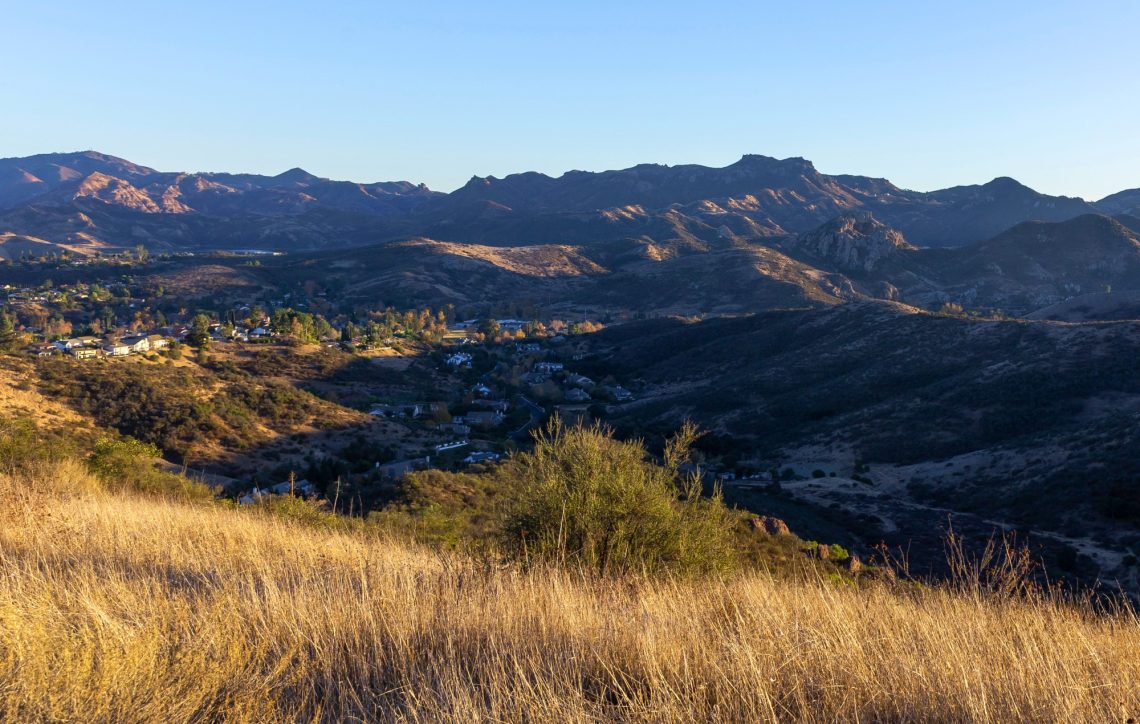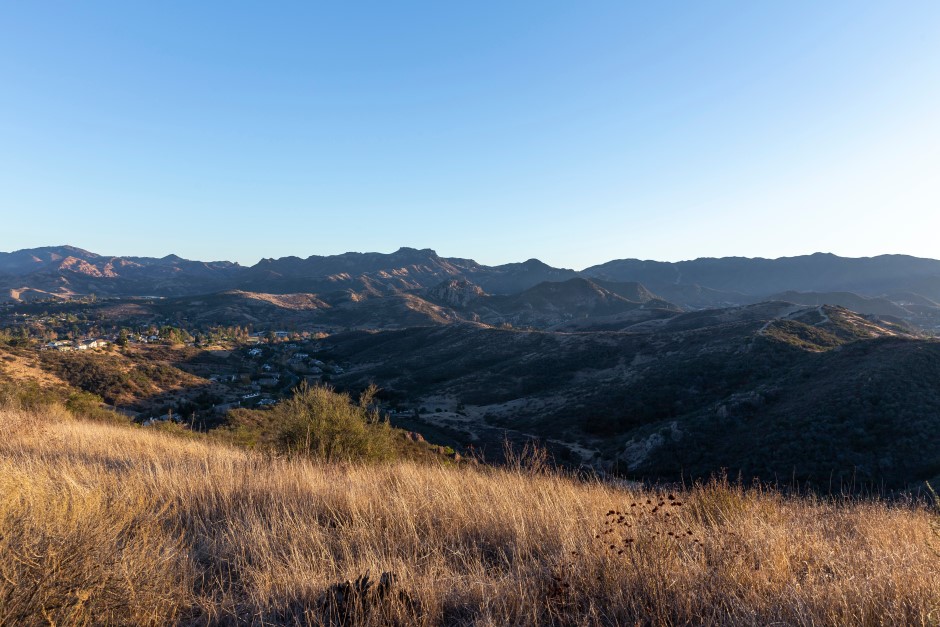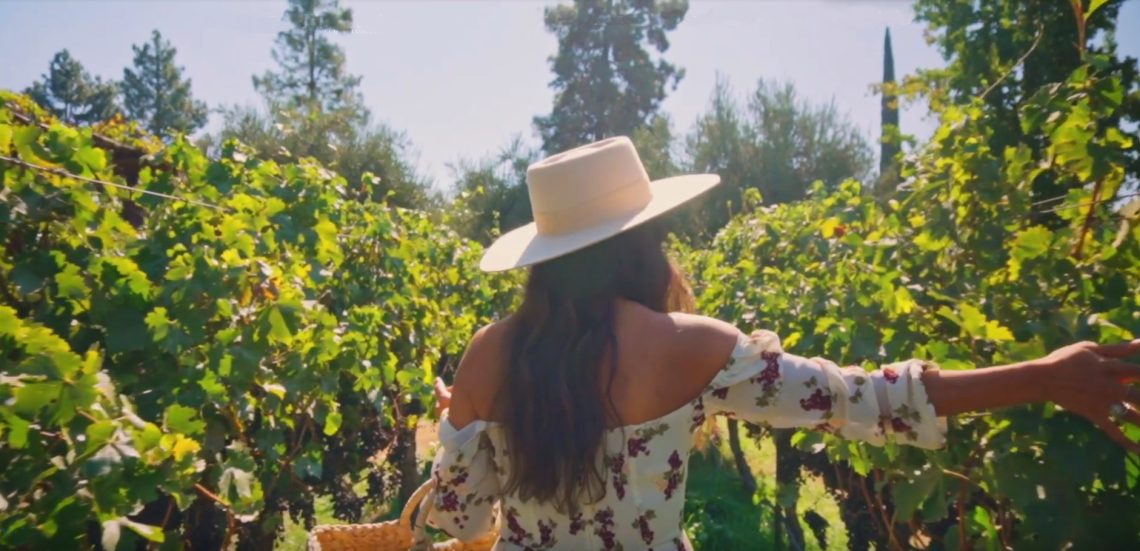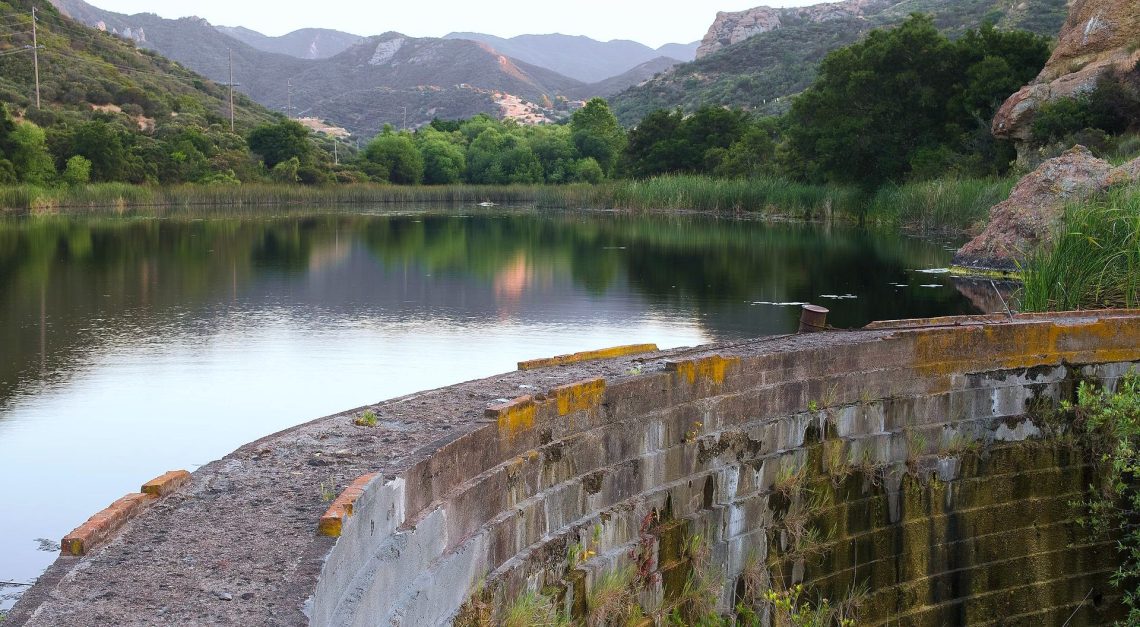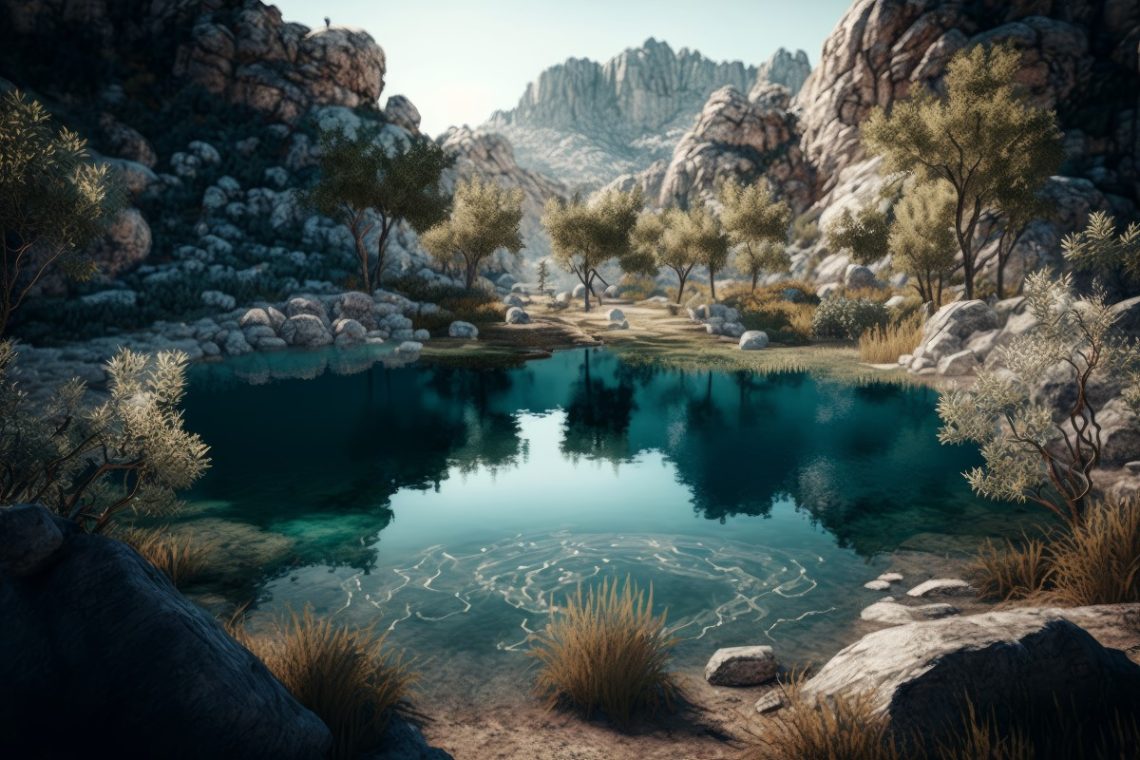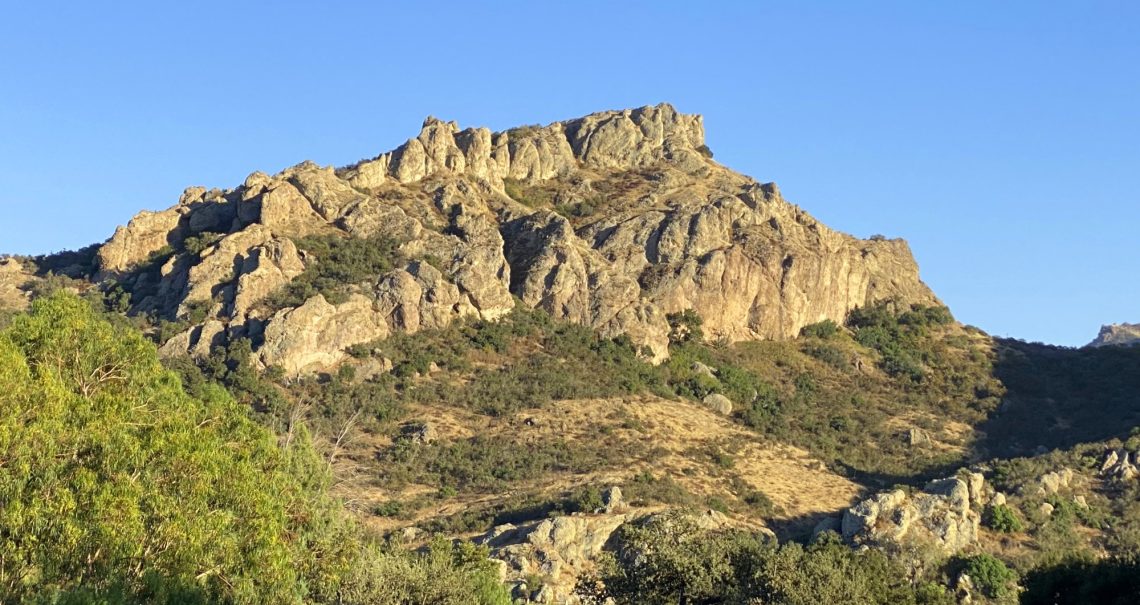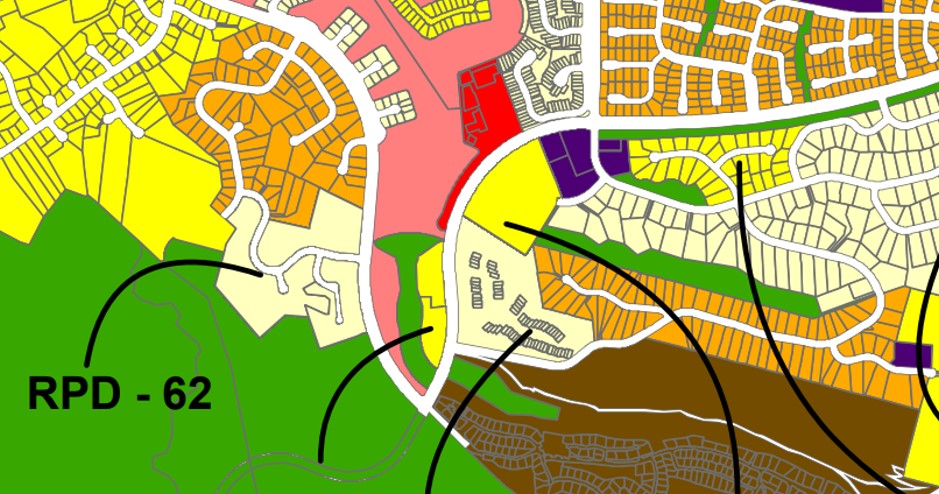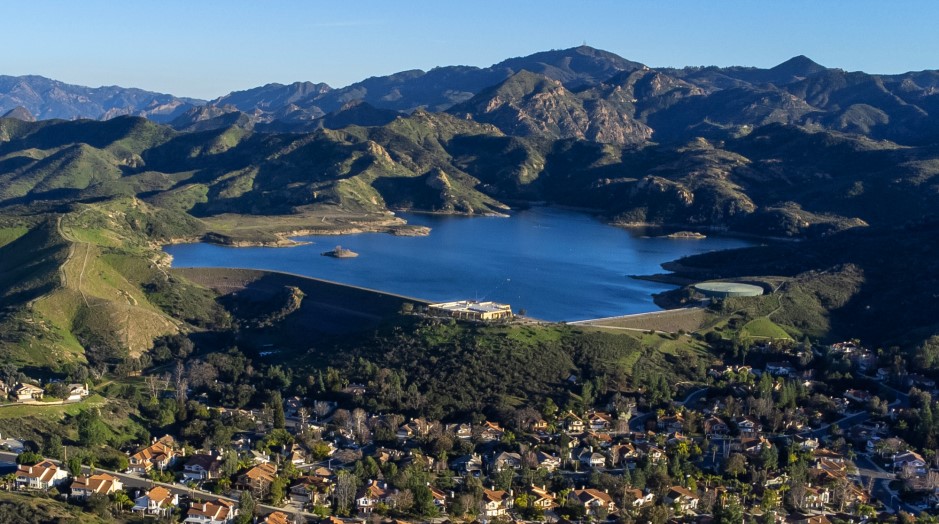-
The Wonders of Westlake Vista Canyons
Westlake Vista Canyons, a stunning natural area located in Westlake Village, California, showcases the breathtaking beauty of the Santa Monica Mountains and the Conejo Valley. The area is characterized by its impressive cliffs, rolling valleys, and diverse ecosystem, making it a must-visit destination for nature enthusiasts, hikers, and photographers alike. In this article, we will explore the captivating landscape, flora, and fauna of Westlake Vista Canyons. The Landscape: Cliffs, Valleys, and Beyond The most striking feature of Westlake Vista Canyons is undoubtedly its dramatic landscape. The rugged cliffs and deep valleys, sculpted by centuries of geological processes, create an awe-inspiring sight that leaves visitors with a deep appreciation for nature’s…
-
Triunfo Creek Park Canyons
Nestled in the heart of Westlake Village, California, lies a hidden treasure for nature enthusiasts and outdoor adventurers: the Triunfo Creek Park Canyons. This 600-acre park, situated in the Santa Monica Mountains, offers a diverse landscape of rolling hills, oak woodland, and serene meadows, making it the perfect destination for hikers, bikers, and equestrians alike. In this article, we’ll explore the various attractions and activities available at this remarkable park. History and Preservation The Triunfo Creek Park Canyons have a rich history dating back to the Chumash Native American tribe that once inhabited the area. The Chumash relied on the natural resources of the region, and today, their legacy is…
-
WestLake Village Restaurants
Nestled between the Santa Monica Mountains and the Simi Hills, Westlake Village is a charming, affluent community in Southern California. The area boasts a diverse array of restaurants that serve a variety of cuisines, from casual eateries to fine dining establishments. Join us as we explore some of the must-visit restaurants in Westlake Village, each with its own unique culinary offerings. Stonehaus Cuisine: European-inspired Café Stonehaus is a unique, European-inspired café and wine bar located on the grounds of the Westlake Village Inn. This hidden gem offers a relaxed and picturesque setting for enjoying a variety of gourmet sandwiches, salads, and wood-fired pizzas. The café transforms into a lively wine…
-
Lake Eleanor and The Banning Dam
Lake Eleanor, a serene and enchanting body of water, is situated within the Santa Monica Mountains National Recreation Area. Surrounded by lush greenery and rolling hills, the lake provides a breathtaking setting for nature enthusiasts, photographers, and visitors seeking a peaceful retreat. The calm waters are home to various species of fish and waterfowl, while the surrounding ecosystem supports a diverse array of flora and fauna, creating a thriving habitat that invites exploration and appreciation. The Banning Dam: A Historic Marvel Constructed in 1889, Banning Dam was the brainchild of Los Angeles businessman, Hancock Banning. Originally built to provide a reliable water supply for the nearby town of Westlake Village,…
-
Westlake Village’s Hidden Gems: The Enchanting Rock Canyons
In the heart of the Conejo Valley, Westlake Village is a beautiful Southern California community known for its stunning landscapes, tranquil ambience, and affluent neighborhoods. While the area’s golf courses, lakes, and sprawling homes often take the spotlight, Westlake Village’s true allure lies in its lesser-known natural attractions—the captivating rock canyons that surround the city. These geological wonders, both remote and accessible, offer residents and visitors alike an escape into nature’s embrace. Exploring the Canyons Westlake Village’s rock canyons are characterized by their rugged terrain, undulating hills, and dramatic rock formations. A few notable canyons worth exploring include: 1) Triunfo Creek Park Canyons Triunfo Creek Park, located in the southeastern…
-
Westlake Village History
Westlake Village is a picturesque and affluent city straddling the borders of Los Angeles and Ventura counties in Southern California, is known for its stunning lakes, golf courses, and natural beauty. However, the history of this thriving community is a fascinating tale of transformation, marked by the influence of Native Americans, Spanish settlers, and American pioneers. A Land of Native American Heritage Long before Westlake Village became the tranquil, affluent community it is today, it was home to the Chumash people, who inhabited the area for thousands of years. They lived in harmony with nature, relying on the region’s abundant resources for sustenance and crafting intricate baskets, tools, and other artifacts…
-
Zoning
The city of Westlake Village prides itself on its thoughtful approach to zoning, which plays a critical role in maintaining the community’s character and quality of life. Zoning regulations in Westlake Village are designed to ensure the appropriate allocation of land for various purposes, such as residential, commercial, and industrial use, as well as to preserve the city’s natural beauty and resources. The following are the key zoning categories within Westlake Village: Residential Zoning Residential zoning in Westlake Village can be categorized into three primary subcategories: Low-density residential (R-L): This zoning classification is reserved for single-family homes on large lots, typically with a minimum lot size of 20,000 square feet.…
-
Las Virgenes Reservoir
Nestled in the heart of the Santa Monica Mountains, the Las Virgenes Reservoir has played a critical role in providing a consistent water supply to Southern California. The reservoir, located in Calabasas, California, serves as a vital resource for the Las Virgenes Municipal Water District (LVMWD) and its 65,000 customers in Westlake Village, Agoura Hills, Calabasas, Hidden Hills, and parts of Malibu. This article delves into the history, ecological significance, and ongoing management of the reservoir to better understand its importance in the region. History of Las Virgenes Reservoir The Las Virgenes Reservoir was constructed in 1969 by the Metropolitan Water District of Southern California (MWD) as part of a…


